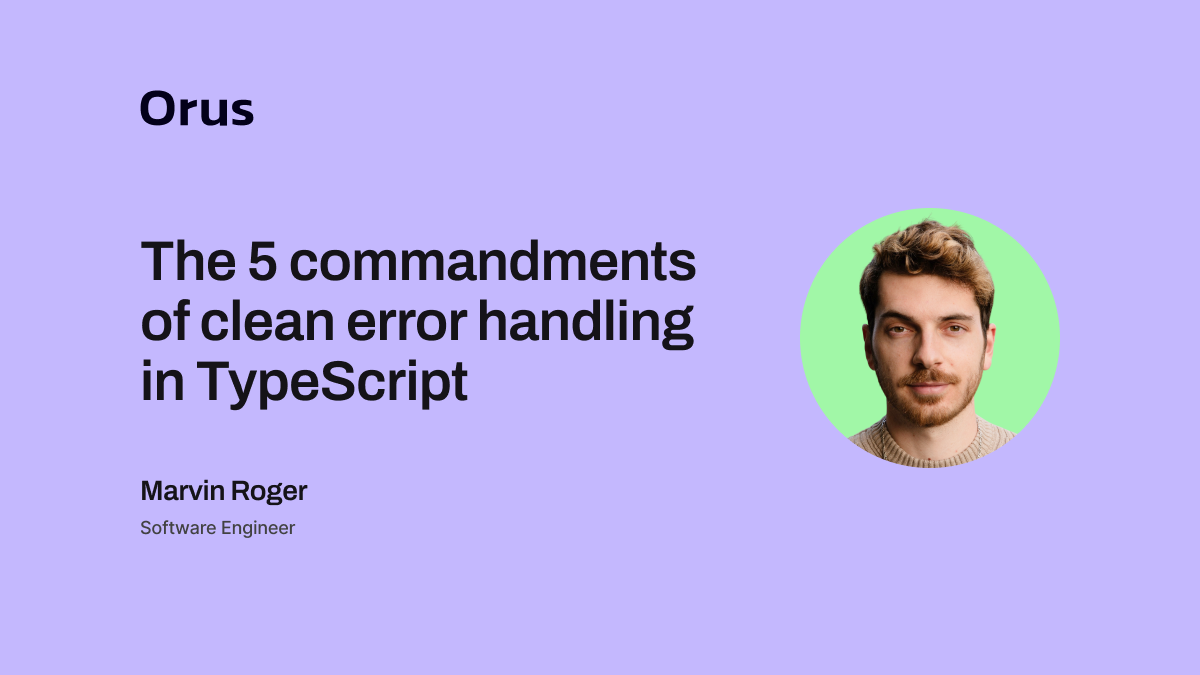Hiring the right people at Orus
At Orus, we pay a lot of attention to recruiting the right people, and it's been my main priority since the beginning.
To give a bit of transparency to anyone interested in how we work, here are the fundamental guidelines that I follow as a CTO when hiring people.
Hiring a trajectory, not a perfect CV
Years ago, at Kapten (back when it was still called Chauffeur Privé), I was hired in a way that didn't make a lot of sense on paper. My background wasn't the obvious fit. There were shinier CVs. More traditional paths. Safer bets.
And yet, someone looked at me and thought: this guy can grow into the role. He's curious, fast, hungry. He'll figure it out.
They took the bet. I ran with it. And it shaped how I see hiring forever: the best people are often the ones you can't perfectly describe in a job ad.
So when I'm on the hiring side now, I remind myself: don't just scan for the checklist. Scan for the energy, the capacity to stretch. Because that's where the real leverage is.







